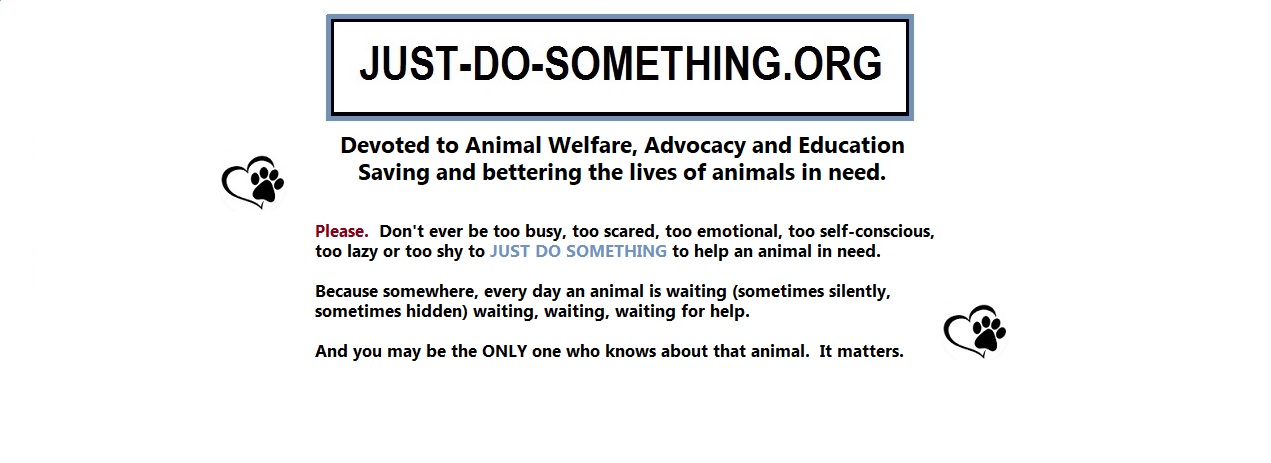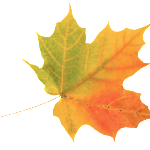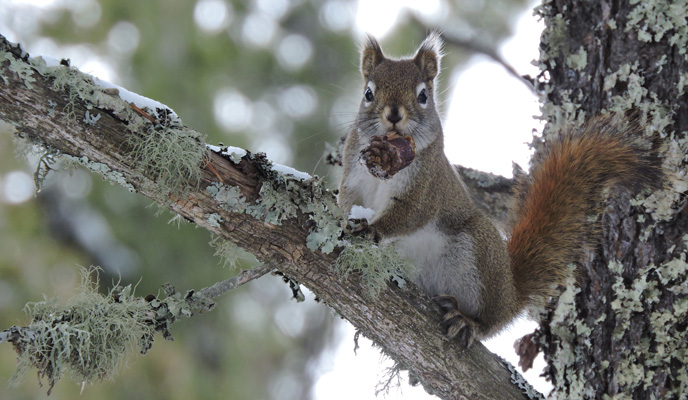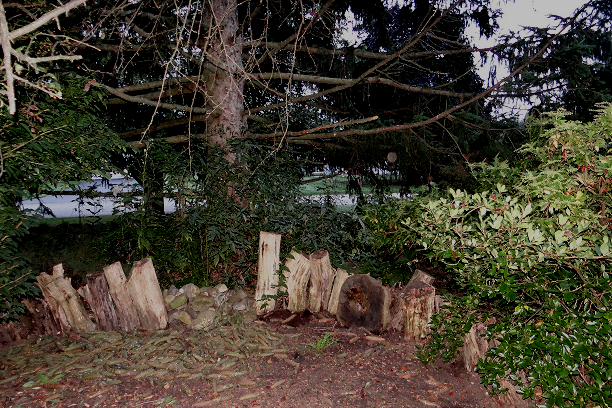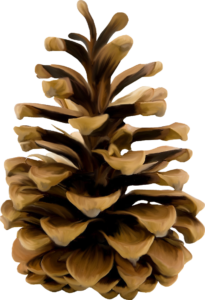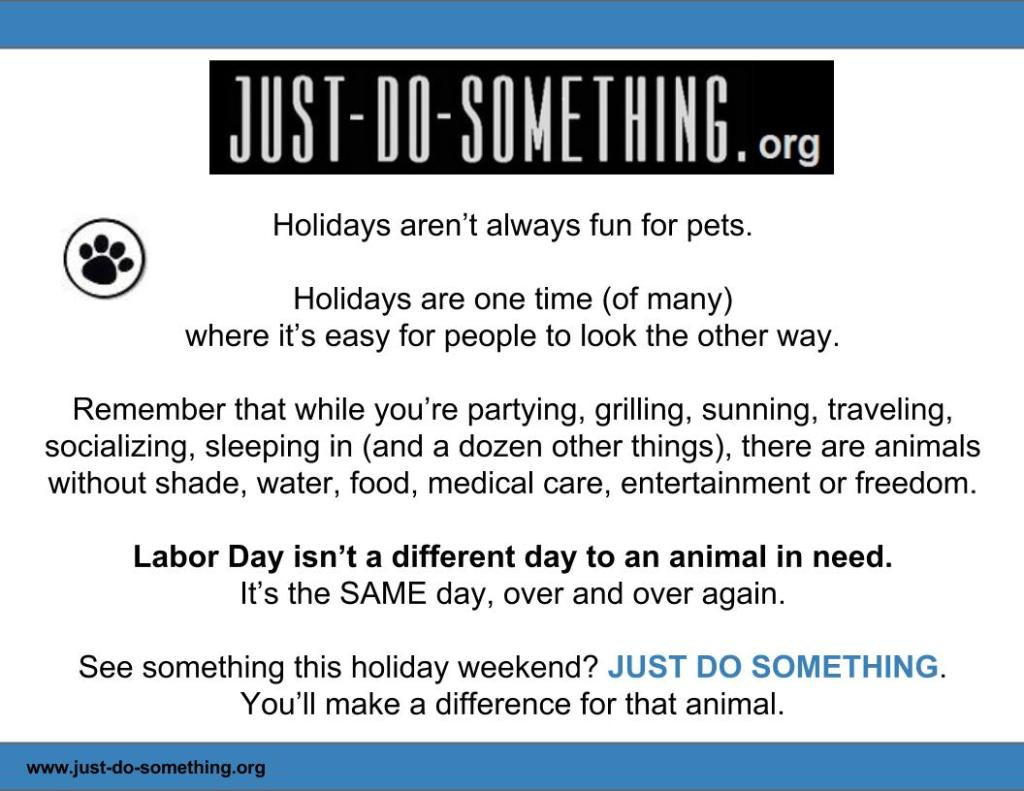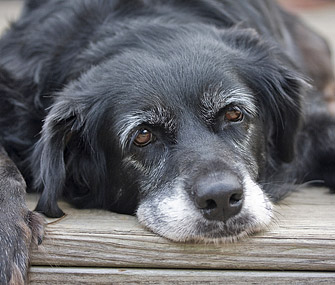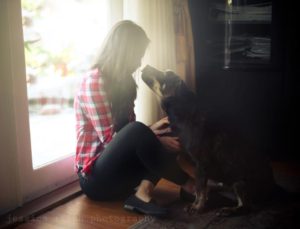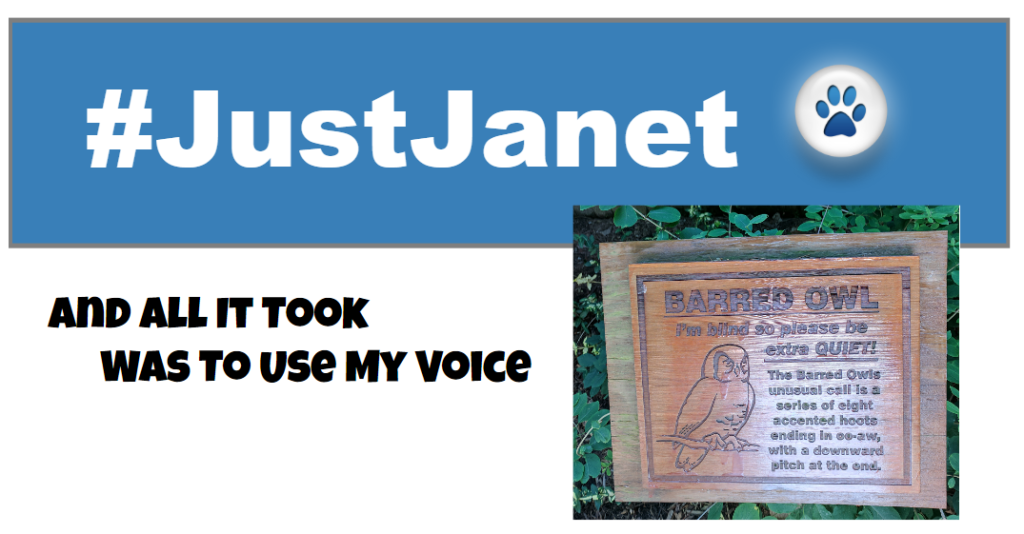
Jump back five years. I am at one of our local wildlife rehabilitation centers, and I notice a large Bard Owl sitting in a cage behind the door to the center.
The cage isn’t clean, and it’s too small for the owl, so he can’t even stretch his wings.
When I ask about Bard Owl, I am told that he is blind and has been with this center for a while now. If you look at some of the other bird cages in this center, they too are dirty and messy, many times simply because the birds can poop at a surprisingly fast and often rate.
As the majority of the other wild animals that find their way to this center, I am feeling assured that Bard Owl was being taken care of and would be out of that cage shortly once recovery progressed.
NOT true.
Five years later, May 2017.
This past May, I found myself at the same local wildlife rehabilitation center, when I brought in a turtle that had been hit by a vehicle, and left for dead on the side of the road.
While there, I asked if I could drop in on the rehab center.
And there, behind the door, was same poor Bard Owl. Same too-small cage, same dirty environment.
When I asked about Bard Owl, I was told that Bard Owl had been blind for some years, and he just sat perched in the same cage, 24/7.
You mean no-one took him out? No.
You mean no-one offered him a bigger cage? No.
You mean he wasn’t able to even stretch out his wings? No.
First thought: OMG. Maybe I should have known and said something five years ago.
Second thought: Hm.
And then, here I go again.
Immediately, I called the owner of this center. My calls were never returned.
Then, I reached out to a local organization that houses and cares for permanently injured birds of prey on our area (Wild Wings) to see if they would be able to help. They were supportive and interested, but this issue needed escalating first.
Not many people realize that there is more than one way to report abuse and neglect. For a wild animal in the care of a rehab environment, a good place to start if you have questions or concerns about the treatment and care of that animal is your local chapter of the DEC (Department of Conservation).
The DEC has the power to investigate and go where other entities (like myself or another wildlife rehabber) cannot. They can request records, certificates and licenses, and all things related to the animal in question.
My calls to the New York State Department of Conservation (our local chapter) began. Concerned citizens can make a complaint anonymously or not. My contact at the DEC laughed when I told him he could have all of my information, and even tell the rehab center who was making the complaint – because they receive so many people who want to remain invisible. I am NEVER anonymous when it comes to Animal Welfare, in fact, I am proudly, quite the opposite.
It didn’t take long for the DEC to update me with the information I already knew in my heart – that this center should not have been keeping this Bard Owl.
Why? First, licensing. Rehabbers need specific licenses for specific services. Second, when a wild animal is proven to be unrelease-able (back in the wild), a rehabber is permitted to care for that animal based on licensing and criteria based on that animal. If the animal cannot be properly cared for and maintained according to guidelines set by licensing, then that animal would need to relocated or be euthanized for quality of life reasons.
In the case of Bard Owl, permanent blindness obviously made him unable to ever be released into the wild. There was no licensing in place to maintain him, and there was nothing being done to expand his quality of life.
Such a sad, lonely, tiny life this Bard Owl was living, and it. made. me. very. mad.
It took some weeks for the DEC to organize transfer of this Bard Owl to Wild Wings, but it did happen. And a few weeks ago, I received a call stating that Bard Owl was in a new home.
I went to visit Bard Owl at Wild Wings the first weekend he was there. In speaking with the Director of Wild Wings, Bard Owl was renamed “Archer” and was put in a lovely outdoor enclosure with a roommate Bard Owl named Hunter (also blind).

Archer’s wings had atrophied because he was in such a tiny cage without room to stretch or use them for so long, and no-one is sure (yet) whether he will be able to move his wings as well because of that. As soon as Archer has been given time to adjust to his new digs, and once is it observed that he is eating well (a must and a priority), he will be taken out for walks and socialization.
Sometimes the DEC will fine or take away licensing for a rehabber not doing what they are licensed to do. It came out during the course of conversations that the owner of the rehab center didn’t have the heart to euthanize Archer because he was so beautiful, so he made the decision to keep him instead.
A beautiful thought in theory, but a horrible decision for Archer, who spent at least five years in a tiny, cramped, dirty cage – alone. Frankly, the decision was selfish, and the owner knew better.
The DEC did not fine the center because overall, they do great things for injured wild animals in our area. There aren’t many wildlife rehab centers, period, so it would be shameful to close down or fine a center that usually does so much good for animals in our city.
But now they are aware that there ARE eyes on the outside, and now they are on DEC radar. Can’t hurt.
After Archer was safely in his new home, I called the owner of the rehab center again. This time he took my call. I told him who I was, and why I had made the complaint. I just wanted him to know that **I** knew. He didn’t have much to say, and that’s okay. Having Archer removed said everything.
Wild Wings took the high road by not mentioning the name of wildlife rehab center or the owner, so we will also. But sometimes it’s hard to bite my tongue (still biting).
To see how Archer is doing, follow him (and the other permanent residents of Wind Wings) on their Facebook page.
Thank you to the NYS DEC (our local chapter) and Wild Wings for helping to make a difference.
Saving or bettering the life of an animal in need is my heart. And all it took to JUST DO SOMETHING for Archer was to use my voice.
Hopefully we ALL are using our voices in the same way. It matters.



